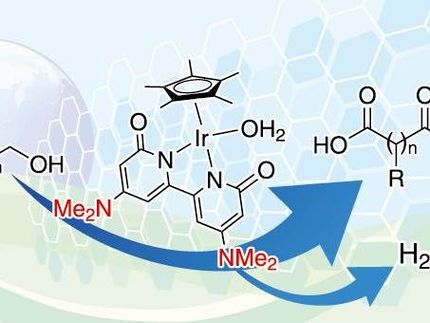Scientists develop novel method for strengthening PVC products
New method may mean less microplastic pollution
Advertisement
Researchers have developed a way to make one type of plastic material more durable and less likely to shed dangerous microplastics. The study identified a secure way to attach chemical additives to polyvinyl chloride (PVC). Found in everything from toys, construction supplies and medical packaging, PVC plastics currently rank third among the most used plastics worldwide. Despite its widespread use, pure PVC is brittle and sensitive to heat, and manufacturers can only utilize it after stabilizing its properties with other chemicals.
However, these additives, or plasticizers, are only a short-term fix for stabilizing PVC. Over time, plasticizers leach from the plastics, which allows the material to deteriorate into potentially hazardous organics and microplastics. Now, a team led by Christo Sevov, the principal investigator of the study and an associate professor in chemistry and biochemistry at The Ohio State University, found that using electricity to permanently affix those chemical additives can prevent such unwanted reactions.
“Instead of mixing in those chemicals, our method involves chemically bonding the plasticizer compound directly to PVC by grafting them onto the backbone of the polymer,” said Sevov.
Altering PVC molecules in this way allows for them to become more durable and resistant to chemical changes, eventually leading to materials with more robust properties.
“This is really one of the few examples that we have where there’s this much control over changing the properties of PVC,” said Sevov. “So this is the first step in controllably modifying PVC to give it properties you’re interested in, whether it’s hard, stretchy or soft.”
The team did run into some challenges; synthetic polymer modifications often fail because the reactions were originally developed for small-molecule analogs, not big-molecule analogs such as pure PVC. To solve this, researchers optimized the catalyst they used in their process, and through trial and error, were able to overcome the issues that arise when editing big molecules.
Outside of making leaps in organic chemistry, the team’s work also has implications for the environment, as putting a cap on how quickly plastics degrade can do much to curb the release of microplastics — tiny pieces of plastic debris — into our surroundings.
Today, scientists know that these particles, which have been found to pollute the air, water and our food supply, are harmful both to humans and wildlife. The average person likely ingests between 78,000 and 211,000 of these particles every year.
But as experts are beginning to understand the long-term impact microplastics have on Earth, organic chemists are racing to find ways to phase them out of everyday life, said Sevov.
“Many chemists are shifting their efforts to studying big molecules and developing new chemistries for upcycling, recycling and modifying well-known polymers,” he said. For example, trying to recycle PVC products can cause further degradation to the material due to the high temperatures it takes to convert plastic into something else, so the process isn’t very efficient.
But using Sevov’s method, “You can potentially reuse the material many, many more times before it really begins to fall apart, improving its lifetime and reusability,” he said.
In the future, more control over which materials will be safe for consumers will come once efforts to fix PVC leakage can be reliably scaled up, something that the study emphasizes that, at the moment, is possible with their method alone.
“There’s no better way to do this on the scale you would need for commercial PVC modification because it is an immense process,” said Sevov. “There’s still a lot to play around with before we solve the microplastic situation, though now we’ve laid the groundwork for how to do it.”






























































